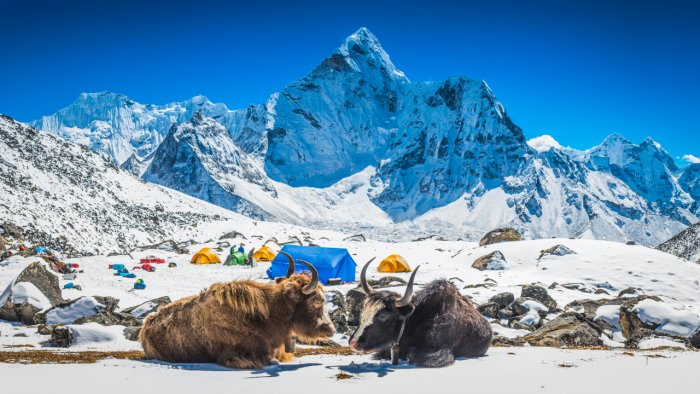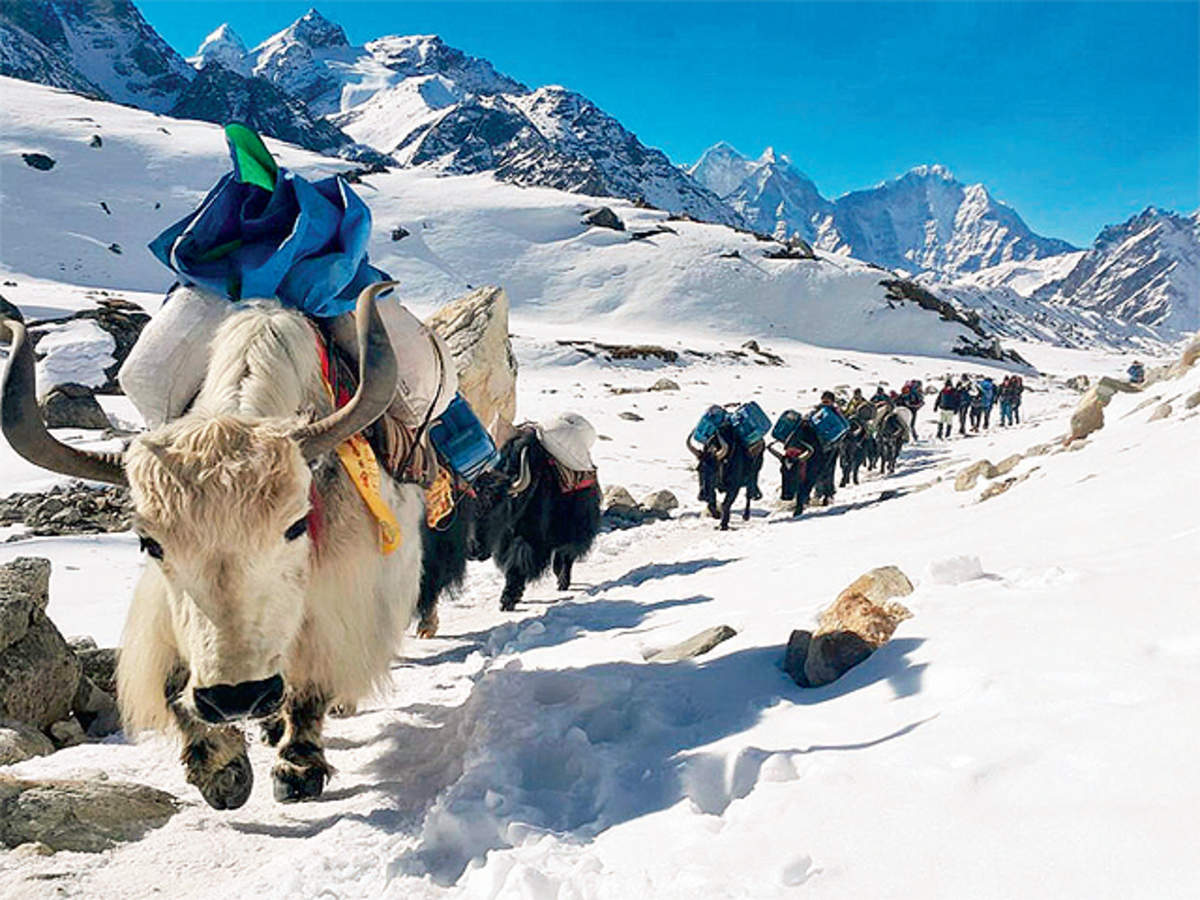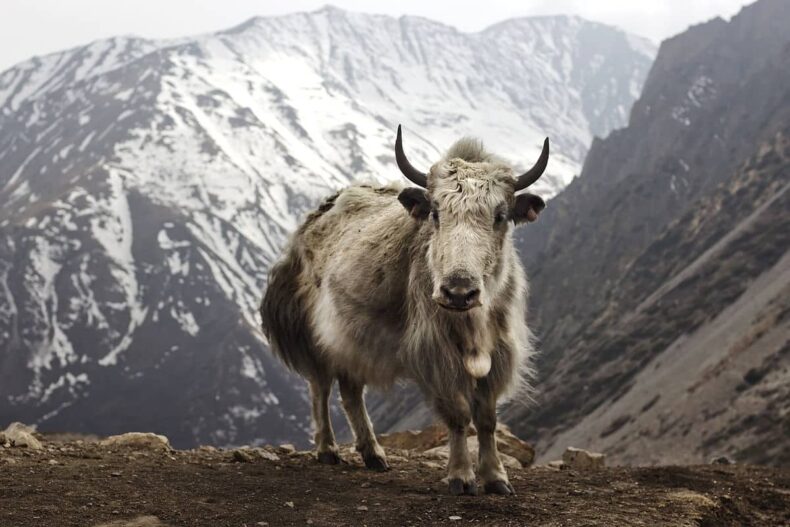The Food Safety Standard Authority of India (FSSAI) has certified Himalayan yak as a food animal. Yak farming has not been a lucrative profession, since it was not accepted as a food animal. The farmers will now gain from the new change that the FSSAI has brought forth.

Himalayan yak gains FSSAI food animal designation.
Food Safety Standard Authority of India (FSSAI) has certified Himalayan yak as a food animal. Yak farming has not been a lucrative profession since it was not accepted as a food animal. The farmers will now gain from the new change that the FSSAI has brought forth.
The National Research Centre on Yak (NRCY), which is located in the West Kameng district, requested the change in 2021. Following the department of animal husbandry and dairying’s recommendation, FSSAI responded with an official clearance a few days ago.
According to the DH, Mihir Sarkar, the director of the ICAR-National Research Centre on Yak stated that as this species was not recognized by the FSSAI as a food animal, its two main products, yak milk, and meat, were not included in the traditional dairy and meat sectors.
As a result, it is less profitable. However, the clearance would encourage commercial yak farming and yak meat and milk consumption
Farmers in the high-altitude regions of the Himalayan range, especially Arunachal Pradesh, value yaks as treasured animals. In Arunachal Pradesh, around 10,000 households make a living by selling yak milk products, woolen clothing, and meat in addition to its role as a form of transportation in remote locations.
Nutritious benefits of Yak
Yak milk is very nourishing, full of fat and necessary nutrients, and has therapeutic potential. It includes 78–82% water, 7.5-8.5% fat, 4.9–5.3% protein, 4.5–5.0% lactose, and 12.3–13.4% SNF, according to the nutritional analysis.

Churpi, ghee, paneer, and churkum are yak milk derivatives. Although traditional yak milk products are an essential part of highland cuisine, they don’t have the ability to appeal to a wider range of tastes.
Yak farmers produce a variety of traditional meat items. However, the items have only been created and are confined to their immediate neighborhood.
When this change occurs, it will be widely accepted and advantageous for farmers. Yak meat is said to be better than beef since it is so lean.
According to the nutritional analysis, it comprises 74.8 percent moisture, 21.7 percent protein, 1.5% crude fat, and 1.2 percent ash. The local yak farmers make salami, khopesh, minced meat pickles, sun-dried meat, and other meat products, according to the NRCY.
The decline in the Yak population
According to the census conducted in 2019, India has about 58,000 yaks, which implies a 25% decrease in population compared to the data from the census done in 2012.

This reduction may be brought on by the farmers’ inability to make a profit from their profession, which encourages them to seek alternative sources of income. Therefore, the commercialization of these meat and milk products would promote the growth of entrepreneurship, but it must first enter the traditional meat business.
Yak husbandry has to be more profitable, according to NRCY, in order to preserve and spread these unique genetics and to encourage the next generation to carry on this long-standing farming heritage.
The diversification of yak milk and meat products may be one method for achieving this aim. Yak should be considered a food-producing animal, (meat and milk) under the 2011 Food Safety & Standards Regulation in order to do this.
Read also: India’s: First G20 Sherpa meeting













